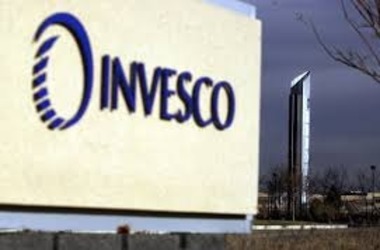 Bumble Bee Foods uses blockchain technology to monitor yellowfin tuna right from the minute it is caught until it reaches the market shelves. The seafood giant operating from San Diego has been stewarding the program for almost a month on its frozen tuna, labeled ‘Natural Blue by Anova,’ and carries “fair trade” certification. The tuna comes from small-scale fishing activities based on East Indonesian islands, and is on course to reach the US markets in the upcoming weeks.
Bumble Bee Foods uses blockchain technology to monitor yellowfin tuna right from the minute it is caught until it reaches the market shelves. The seafood giant operating from San Diego has been stewarding the program for almost a month on its frozen tuna, labeled ‘Natural Blue by Anova,’ and carries “fair trade” certification. The tuna comes from small-scale fishing activities based on East Indonesian islands, and is on course to reach the US markets in the upcoming weeks.
Tony Costa, Bumble Bee’s chief information officer, said “We’ve been doing traceability for a long time and we decided to leverage new technologies to make it even more secure said quite frankly, we’re just scratching the surface on the capabilities of the technology in our supply chain.”
Wrong categorization and cheating are widespread issues in the seafood sector. In the weekly report published by Oceana, a non-profit organization focusing on marine conservation, it has been pointed out that 1 out of 5 fish evaluated by the group was wrongly labeled.
Using the blockchain deployed by Bumble Bee, consumers will be able to scan QR codes on 12-ounce bags carrying ahi tuna steaks to study additional information about each of the fish being offered, including where it came from, which community nabbed it, the anatomy of the catch, and how it received fair trade accreditation.
The program is only the beginning of a much more audacious Bumble Bee project. “We have some goals to begin migrating all branded Bumble Bee products to a blockchain-based system starting in 2019,” Costa said. Brunswick, Snow’s, Wild Selections, Beach Cliff, and Clover Leaf in Canada are other product lines. Bumble Bee uses blockchain tech provided by SAP, the German software manufacturer, and based solely on a so-called “multichain” distributed private ledger established by coders at Coin Sciences, a UK-based startup.
Enterprise blockchains supporters say they generally work best in scenarios where several parties want to share tamper-resistant data. Technology critics contend that it provides little improvement over conventional database software; yet other opponents say the technology doesn’t really count as a blockchain unless it’s open and public and has a digital currency, like Bitcoin, that’s directly linked to it.
Steven Kim, Senior Director for SAP’s digital customer initiatives, said blockchain tech was a wonderful solution for the seafood sector because the supply chain includes several middlemen — usually seven or eight— covering safety inspectors, food manufacturers, customs officials and even grocery stores. “Every participant sees the data in real time with SAP’s system— that’s the blockchain’s power,” he says.
Bumble Bee is not the first to deploy a blockchain for supply chain. This year, Walmart has ordered its suppliers to deploy a blockchain to monitor the movement of leafy greens like spinach and lettuce. Meanwhile, JPMorgan Chase has created a crypto currency based on blockchain, dubbed JPM Coin, for trial by institutions and other clients in the financial industry.
Other firms have also tested a blockchain for tuna tracking. Among the beta testers: last year a tech firm named Viant conducted a presentation and another technology company, Provenance based in the UK, also ran pilots. Retailers offering blockchain-traced tuna from Bumble Bee’s initial batch include Albertsons, Hy-Vee, Price Chopper, and Safeway.








